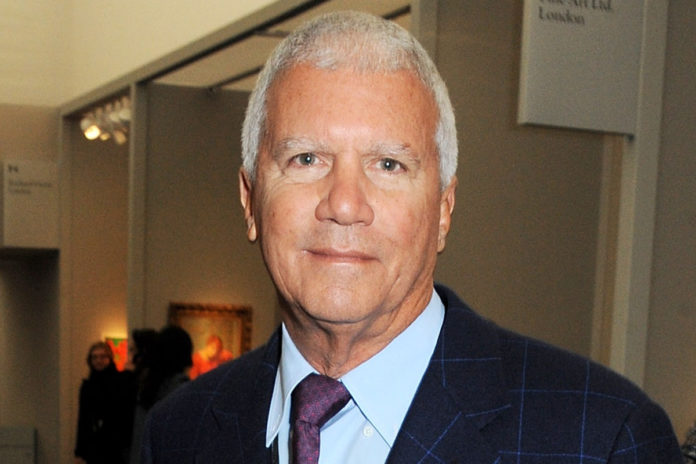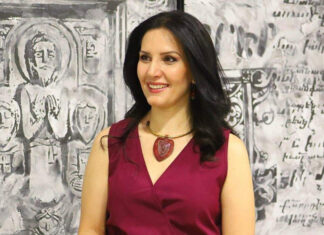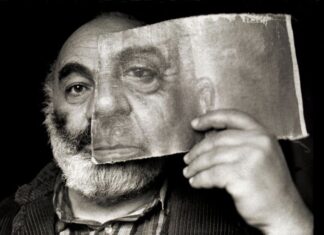By Katya Kazakina
AMANGANSETT, N.Y. (Bloomberg News) – Right about now, Larry Gagosian, septuagenarian bad boy of the art world, should be surrounded by the rich and beautiful, doing rich and beautiful things.
Like procuring a Picasso for a hedge fund titan and outbidding rivals at Sotheby’s and Christie’s. Or regaling billionaires and celebrities on the soft banquettes at his Kappo Masa restaurant, beneath his Madison Avenue gallery, where, in good times, a single roll of sushi might run $240.
But Gagosian isn’t doing any of that – not during a pandemic. Like so many New Yorkers, he’s social distancing. Only in his case, he’s hunkered down in the Hamptons.
The term “social distancing” sounds out of place in the context of one of the most powerful and connected figures in the art scene’s social order. And yet here’s the picture he’s painting now: Alone on a cold beach, without a mask, dashing whenever he sees a passerby who might be shedding virus. His silver hair, normally an impeccably cropped helmet, hasn’t been cut. He slips back into his palatial house, a captive in Hamptons paradise.
It’s from this Charles Gwathmey-designed modernist fortress that Gagosian has been running his empire for the past two months while all 18 of his galleries, which dot the globe from Hong Kong to Los Angeles, remain closed. The man, who likes his art in the flesh and still uses a BlackBerry, is coming to grips with the market’s new reality: Most sales now happen electronically. Clients are distracted. Transaction volume has plunged.










